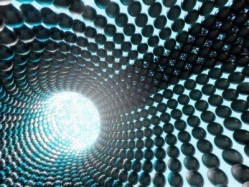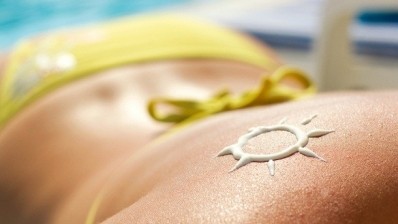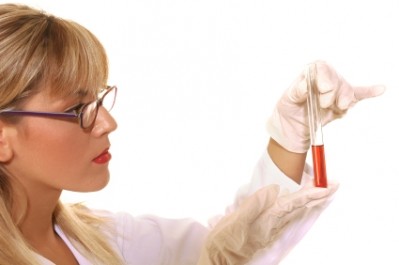Scientists study effect of silver particles on algae

According to the researchers, there is still a lack of detailed knowledge about the doses required to trigger a response in algae and how the organisms deal with this kind of stress from silver particles which are currently present in products like cosmetics.
In the past, silver mostly found its way into the environment in the vicinity of silver mines or via wastewater emanating from the photo industry. To date, very little is known about the persistence and the impact of the residual nano-silver in the environment.
The use of silver ions is widespread in consumer products such as cosmetics, food and textiles due to their antimicrobial properties.
Despite the benefits of nanomaterials (titanium dioxide and zinc oxide are used as UV filters in sunscreen, for example, and are said to have a high level of efficacy) there is continuing debate over whether they could pose health risks to consumers.
As of 2013, the EU required the use of nanomaterials in cosmetic products to be declared.
Determining whether levels are dangerous
In this instance scientists from Smitha Pillai from the Eawag Department of Environmental Toxicology and her colleagues from EPF Lausanne and ETH Zürich studied the impact of various concentrations of waterborne silver ions on the cells of the green algae Chlamydomonas reinhardtii.
They say that because silver damages key enzymes involved in energy metabolism, even low concentrations can cut photosynthesis and growth rates by a half in just 15 minutes.
Over the same time period, the researchers also detected changes in the activity of about 1000 other genes and proteins, which they interpreted as a response to the stressor – an attempt to repair silver-induced damage.
At low concentrations, the cells’ photosynthesis apparatus recovered within five hours, and recovery mechanisms were sufficient to deal with all but the highest concentrations tested.
"At first glance, the results are found to be reassuring because the silver concentrations that the algae are subject to in the environment are rarely as high as those applied in the lab, which allows them to recover quickly –at least externally," say reps.
But the experiments also showed that even low silver concentrations have a significant effect on intracellular processes and that the algae divert their energy to repairing damage incurred.
Smitha Pillai, Renata Behra, Holger Nestler, Marc J.-F. Suter, Laura Sigg, Kristin Schirmer
Proceedings of the National Academy of Sciences (PNAS) – early edition 18.February 2014, www.pnas.org/cgi/doi/10.1073/pnas.1319388111












